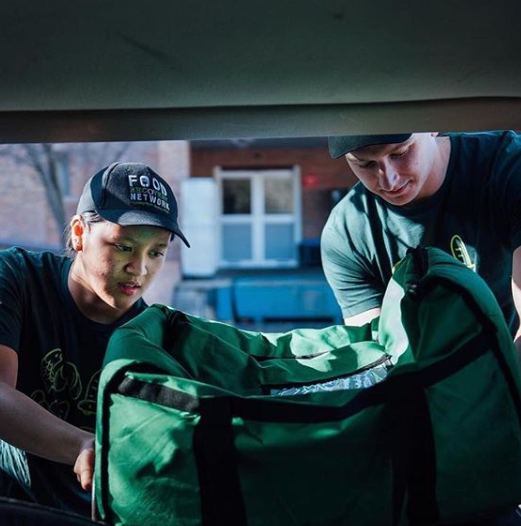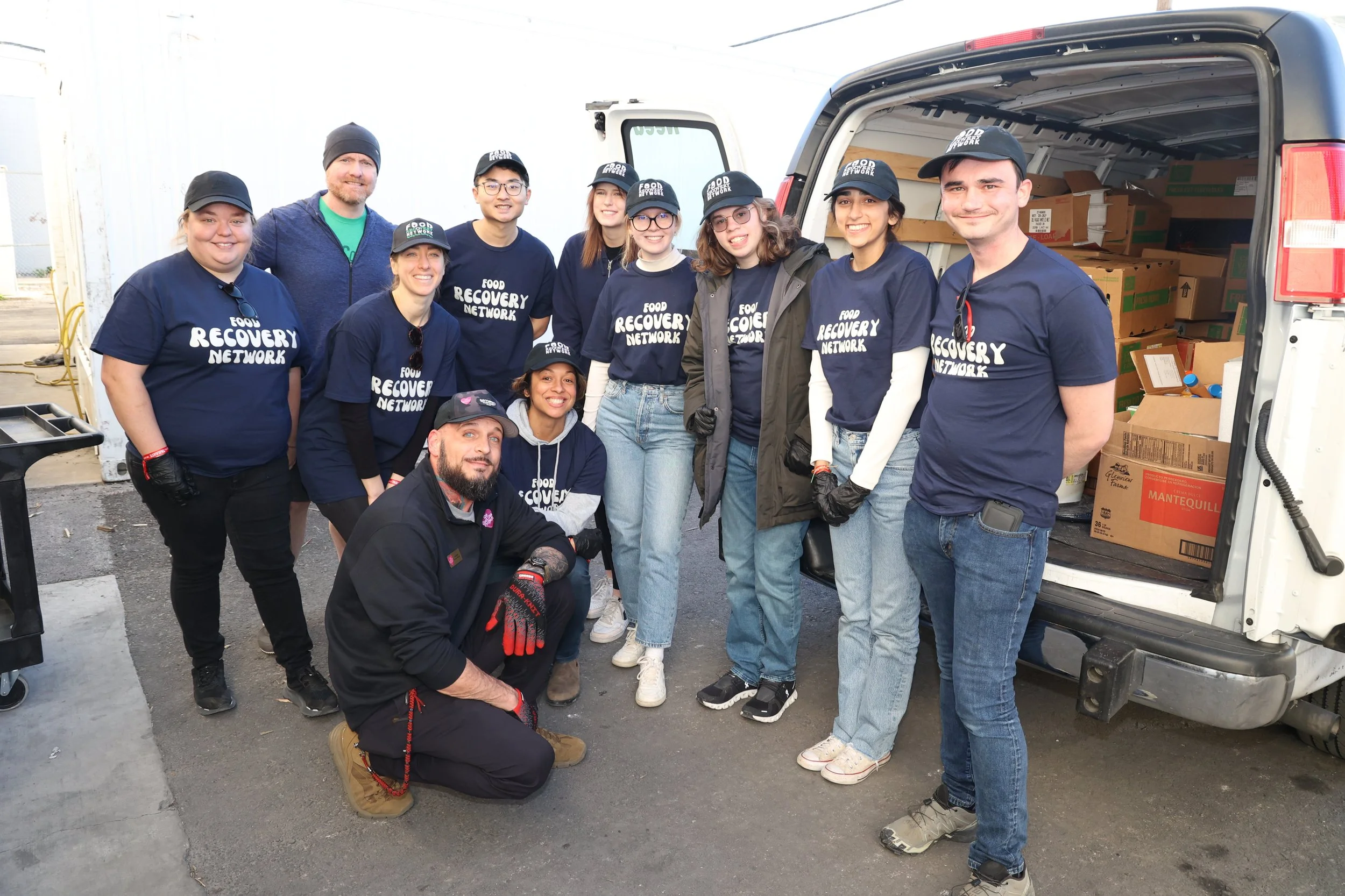You may have noticed an increase in writings and videos from me highlighting the powerful partnership between the National Association of REALTORS® (NAR) and Food Recovery Network. This is because there has been so much I want to share about the exciting work we’re doing together to help feed more people across the country.
NAR is such a powerful partner of ours because they truly walk the walk to make food recovery the norm and not the exception, both by instituting food recovery plans at all of their national events through our Food Recovery Verified program and by encouraging all of their members across the nation to establish food recovery programs at their own events. NAR also works to understand and highlight the link between housing insecurity and food insecurity, most recently through their Housing Affordability and Food Sufficiency report.
The research is difficult to read because it’s sad, and I want everyone to know that I feel that too. But this research is also critical for us to understand why the struggles for affordable housing and food security exist and how they are intertwined, and then what we can all do to mitigate the struggles that 42 million people in the U.S. are currently experiencing. We all can do something today to help ensure people have the food they deserve and NAR has long been an active participant in ensuring perfectly good food goes to those who need it.
I highly encourage you all to listen to the conversation I recently had with NAR CEO, Bob Goldberg, and Dr. Jessica Lautz, NAR’s Vice President of Demographics and Behavioral Insights. We discussed some of the key findings of the research that was spearheaded by Dr. Lautz, and Bob highlighted the long-standing role that realtors have played in helping people stay in their homes, especially during difficult times, and how NAR members volunteer more than the national average, with a focus on helping to feed their communities. I personally learned so much and know that you will too.
In preparation for our conversation, Bob, Dr. Lautz and the NAR team shared resources that I encourage you all to share widely with anyone you know who might be struggling to make their mortgage or rent payments. As we learned from the Housing Affordability and Food Security report, millions of people are struggling to keep up with paying mortgage and rent and are behind. These resources can help:
NAR's Rental Assistant Resources sheet, which NAR prepared for its members to use. It provides a thorough overview of rental assistance and centralizes rental support information for NAR clients, consumers, and community members.
Specific, individual resources that have been useful in helping to keep people housed when facing hardship:
Flyer for Landlords on Rental Assistance
National Low Income Housing Coalition’s Emergency Rental Assistance Dashboard – State and Local Rental Assistance
If you would like to read about how financial hardships like the financial crisis affects Black communities, I highly recommend Democracy in Black: How Race Still Enslaves the American Soul by Eddie Glaude. And I’m always thankful to see stories like this one in the Wall Street Journal, which indicates that rental assistance is successful in helping to keep people in their homes.
Thank you to the National Association of REALTORS® and their work to recover food and actively encourage others to create food recovery programs, and for conducting their own research with national data to help us understand how we can begin to tackle the housing affordability crisis and food insecurity together.








